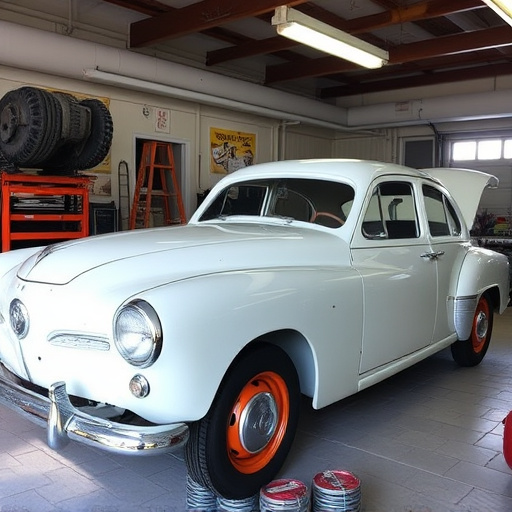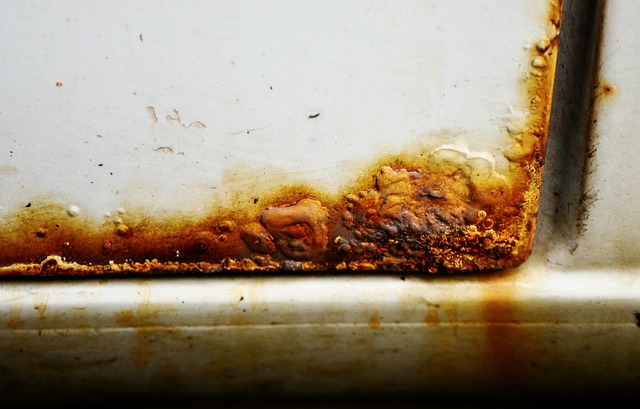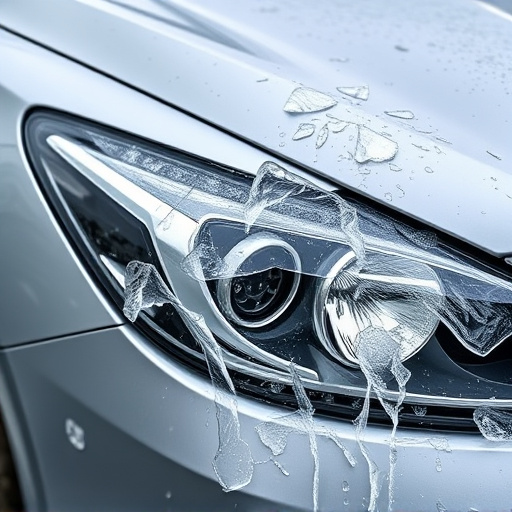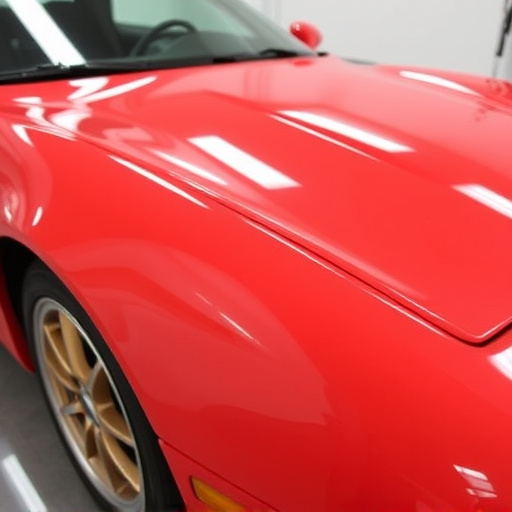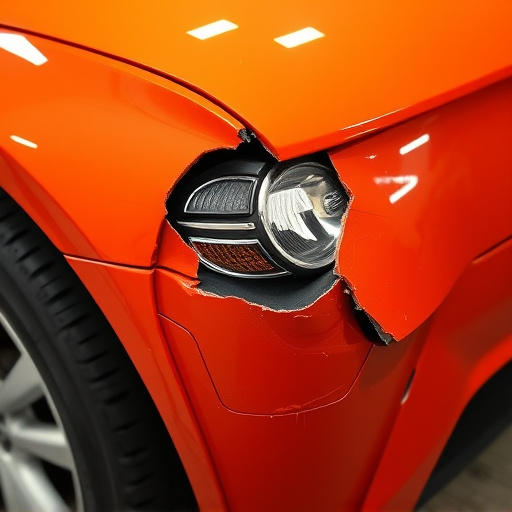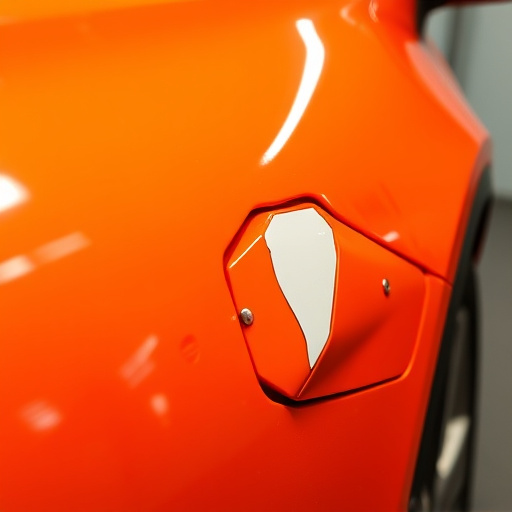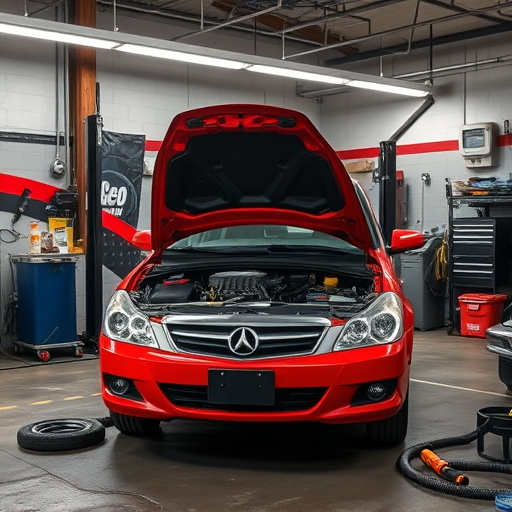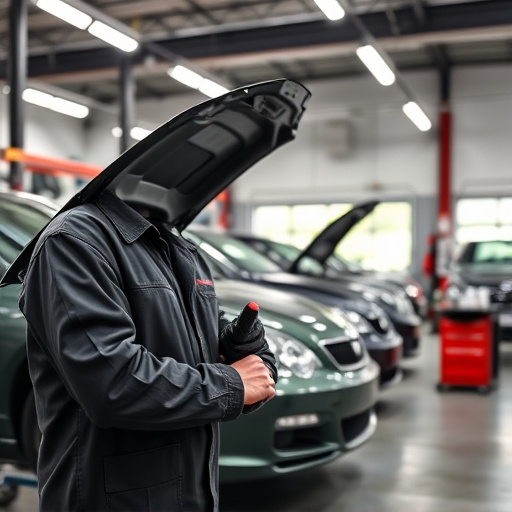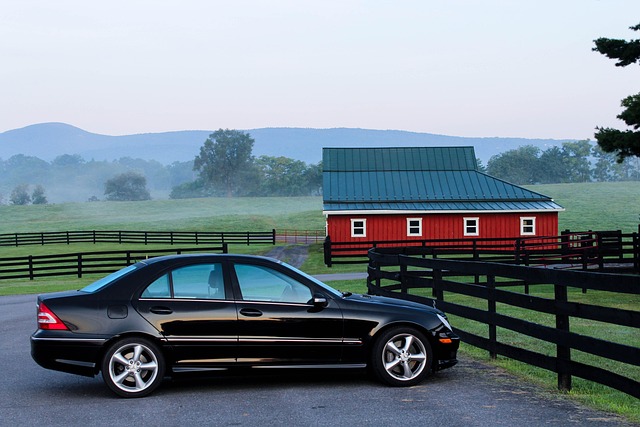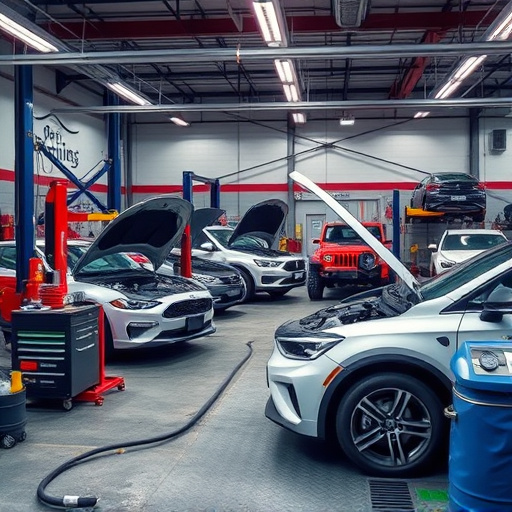Frame alignment technology has evolved from manual, time-consuming processes to advanced computer-aided systems, improving automotive repairs and ensuring vehicle safety. By 2025, automation, robotics, AI, and AR will revolutionize frame alignment services, enhancing accuracy, speed, and customer satisfaction while reducing human error and environmental impact in vehicle body shops and collision repair centers. These innovations cater to the growing needs of electric vehicles and promote sustainable automotive practices.
In the rapidly evolving landscape of digital services, the year 2025 promises significant advancements in frame alignment technology. This article explores the evolution of frame alignment from its past iterations to the sophisticated solutions we can expect by this time. We delve into the future trends and innovations that will shape the capabilities of frame alignment service, highlighting its diverse applications and benefits across various industries. Get ready to uncover how these enhancements will revolutionize content creation, data processing, and visual experiences.
- Evolution of Frame Alignment Technology: Past to Present
- The Future of Frame Alignment Service: Innovations and Trends in 2025
- Benefits and Applications: Unlocking the Potential of Advanced Frame Alignment Services
Evolution of Frame Alignment Technology: Past to Present
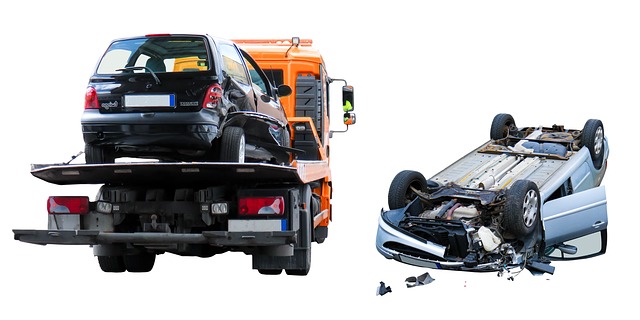
The evolution of frame alignment technology has been a remarkable journey from its rudimentary beginnings to becoming an indispensable service in the automotive industry. In the past, aligning a car’s frame was a manual, time-consuming process that relied heavily on skilled technicians and crude tools. Mechanics would physically adjust various components to ensure proper positioning, a task demanding precision and expertise.
Over time, technological advancements have revolutionized this process. The introduction of computer-aided alignment systems in recent decades marked a significant turning point. These modern systems use sophisticated sensors and software algorithms to accurately measure and adjust the car’s frame with unprecedented efficiency. Today, a frame alignment service can offer not just precise adjustments but also comprehensive solutions for various automotive issues, including car dent repair and car restoration, all while ensuring the vehicle’s safety and structural integrity.
The Future of Frame Alignment Service: Innovations and Trends in 2025

The year 2025 promises significant advancements for the frame alignment service industry, driven by technological innovations and a growing demand for precision in vehicle repairs. With advancements in automation and robotics, frame alignment processes are set to become more efficient and accurate. Automated frame machines will play a pivotal role, ensuring consistent and precise adjustments during the repair process. This technology not only reduces human error but also speeds up turnaround times, catering to the fast-paced demands of modern automotive workshops.
Additionally, the integration of AI and machine learning algorithms will enable advanced predictive analytics, helping technicians anticipate potential issues with vehicle frames before they occur. As a result, preventive maintenance will become more common, leading to better long-term performance for both vehicle paint repair and car bodywork services. This trend will be further enhanced by the rising popularity of electric vehicles, which require specialized frame alignment techniques due to their unique design and structural considerations, such as battery placement.
Benefits and Applications: Unlocking the Potential of Advanced Frame Alignment Services

In 2025, frame alignment services are set to unlock a new era of precision and efficiency in vehicle body shops and collision repair centers. Advanced technologies like AI, AR, and sophisticated sensor systems will dramatically enhance the accuracy and speed of frame alignment processes. This means reduced downtime for vehicles, minimizing the risk of human error, and ensuring that every repaired car returns to its original structural integrity.
The benefits extend beyond mere technical advancements. Auto collision repair facilities can expect improved customer satisfaction as a result of faster turnaround times and visually appealing repairs. Moreover, these advanced frame alignment services will play a pivotal role in sustainable automotive practices by enabling more effective use of materials, thereby reducing waste and environmental impact. This transformative trend positions frame alignment services as a game-changer not just within vehicle body shops but across the entire auto collision repair industry.
By 2025, the frame alignment service landscape is poised for significant advancements, driven by innovative technologies and evolving user needs. The upcoming trends promise enhanced precision, improved efficiency, and a broader range of applications, revolutionizing various industries. As we look ahead, staying informed about these developments will empower businesses and professionals to harness the full potential of advanced frame alignment services, ensuring accuracy, productivity, and competitiveness in their respective fields.

